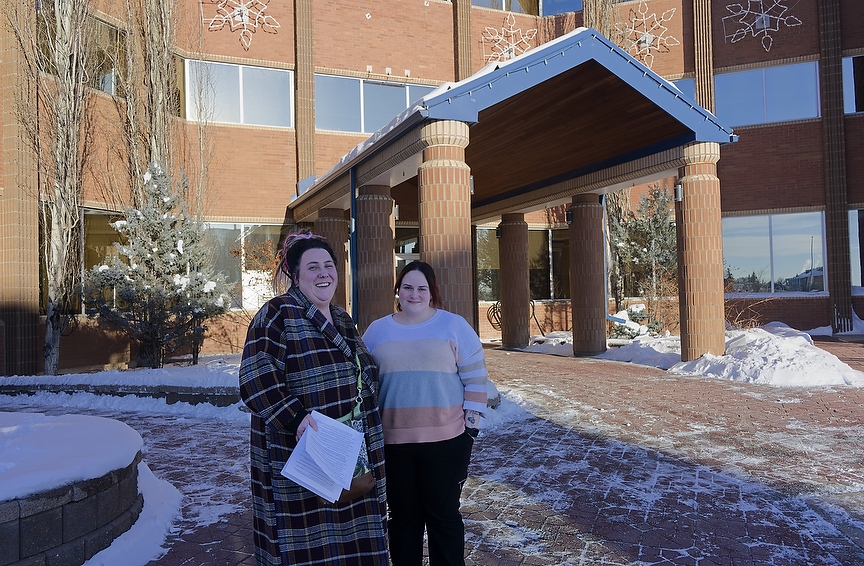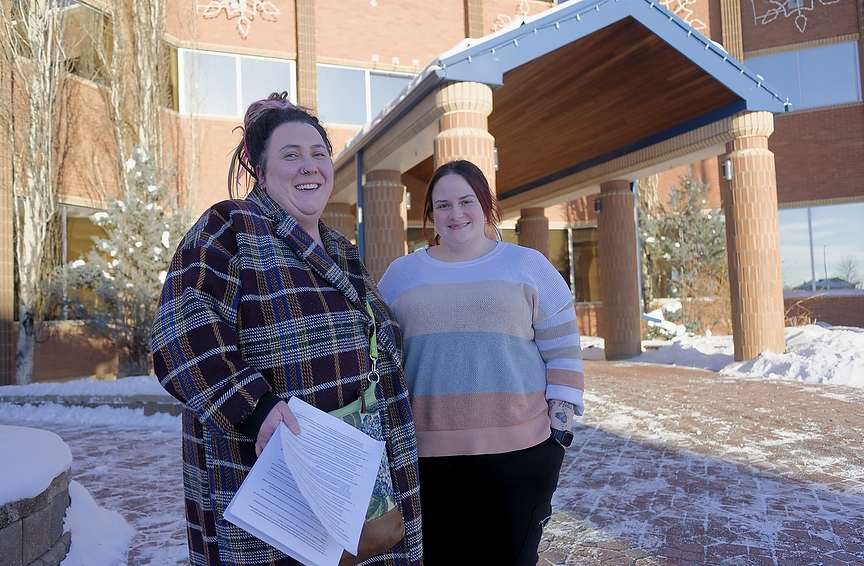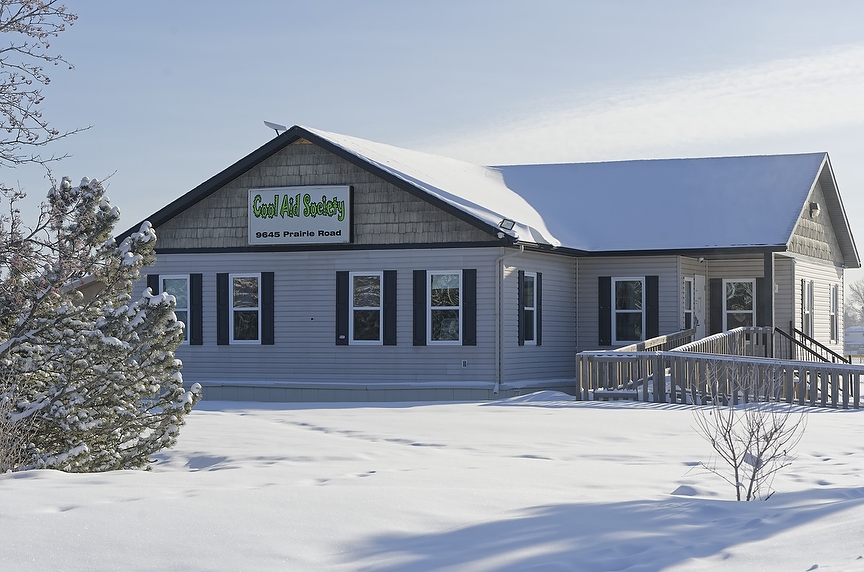
United Way Alberta Northwest and the City of Grande Prairie are each giving $30,000 in emergency funding to the Cool Aid Society to ensure its youth programming can continue.
The society, which provides youth after school programs and mental health supports, announced last week it needed $60,000 to stay open to the end of the school year after the province suddenly cut its funding.
“Supporting the Cool Aid Society was an easy decision, as they ensure critical services and programming to the children and youth in our community remain uninterrupted,” said United Way Alberta Northwest chair Amber McGuinness.
“Helping kids be all they can be by tackling childhood and youth poverty; this is what the United Way Alberta Northwest does.”
City of Grande Prairie Mayor Jackie Clayton said council is proud to be able to support the Cool Aid Society.
“This doesn't mean that you're going to see a tax increase from this small amount, but the $30,000 isn't small to them; it will mean the Cool Aid Society … will be able to continue their programming to the end of the school year,” she said.
The new funding gives a reprieve to the society, which announced after the provincial cut it would have to end its 45 year legacy in the city on March 31.

“This is going to be a huge stepping stone,” said AmandaBeret Gerber, Cool Aid Society financial director.
She said the society will continue its search for funders and has meetings with local organizations and businesses in coming weeks.
Recovery Alberta Mental Health and Addiction made up 90 per cent of the Cool Aid Society’s funding; that source was cut because of a change in the province’s mandate to fund intervention rather than prevention, said Gerber.
She said the decision from Recovery Alberta was a surprise to the society, which has had a decade-long partnership with the province.
“The outpour we've had in the last two weeks has been incredible, from businesses to the city council members, everyone being there and seeing the impact that we've had, it's been tremendous,” said Gerber.
She said the provincial funding provides about $17,000 per month; the society’s monthly operational costs are about $20,000 to $22,000. Additional funding from the city and Family and Community Support Services (FCSS) keeps programs afloat.
“We've done every possible cut we could in the last year, knowing we were already over budget,” said Gerber.

The society also put up its Hillside location in the city for sale, which she believes will bring the society about $135,000.
“We do still need two locations because we have the outreach for both the north and the south, so losing that property that we own is detrimental to us.”
She said if the organization had both facilities in the city operational, it could service up to 600 families.
According to a city report, eliminating Cool Aid Society's services could “increase reliance on costly emergency services, social support programs, and law enforcement.”
City Housing & Community Development director Tammy Wentzell says she is unaware of other local organizations losing their funding but says any organizations funded by Recovery Alberta may face similar challenges.
She said the city and some organizations, such as Cool Aid, receiving funds from Recovery Alberta may need to change their messaging to ensure they keep their funding. The Cool Aid Society does bridge a gap between prevention and intervention.
“I don't know if it's a different conversation that we got to start having or a different way to look at how we're talking about the programs.
“We do have to switch our language and how we're using it, or how we're telling our story, because we are not a recovery community at this time; but we have to remember that when the province is [saying] ‘we’re intervention versus prevention.’”
Clayton said the province’s changes to its mental health and recovery funding impacts the local community.
“We all know that if we don't have prevention, in particular, youth programming, that we will, in time, need more money in intervention and recovery,” she said.
Clayton believes the issue is something council can add to its advocacy priorities to notify the province that prevention methods are important.
“My fear would be that as you see reduced funding in preventative type measures that could impact other organizations across our communities, so we'll be very proactive in regards to sharing our concerns with the minister and appropriate ministries,” said Clayton.
AB Munis board member and city Coun. Dylan Bressey said he visits different councils across the province and “the number one concern that gets raised … by every single council is that they're having to pick up these provincial downloads to sustain programs that their communities absolutely rely on.
“If we're not giving these kids what they need at a young age to thrive, that will cost taxpayers way more money in the long term.”
He said he doesn’t understand the provincial shift to intervention over prevention.
“Municipalities really are feeling the pinch right now; they collect about 10 per cent of tax revenue and deliver the majority of frontline services that Albertans rely on every single day, and we really are hitting a point where, with reduced funding and increased pressure on municipalities, things just aren't remaining sustainable,” he said.
The United Way said the Cool Aid Society is one of its priorities in ensuring it is successful in the future.
“There's a good chance that we will have more funding for them throughout the year,” said McGuinness.
The Cool Aid Society currently serves over 300 registered families, with daily drop-in attendance ranging from 25 to 70 children.